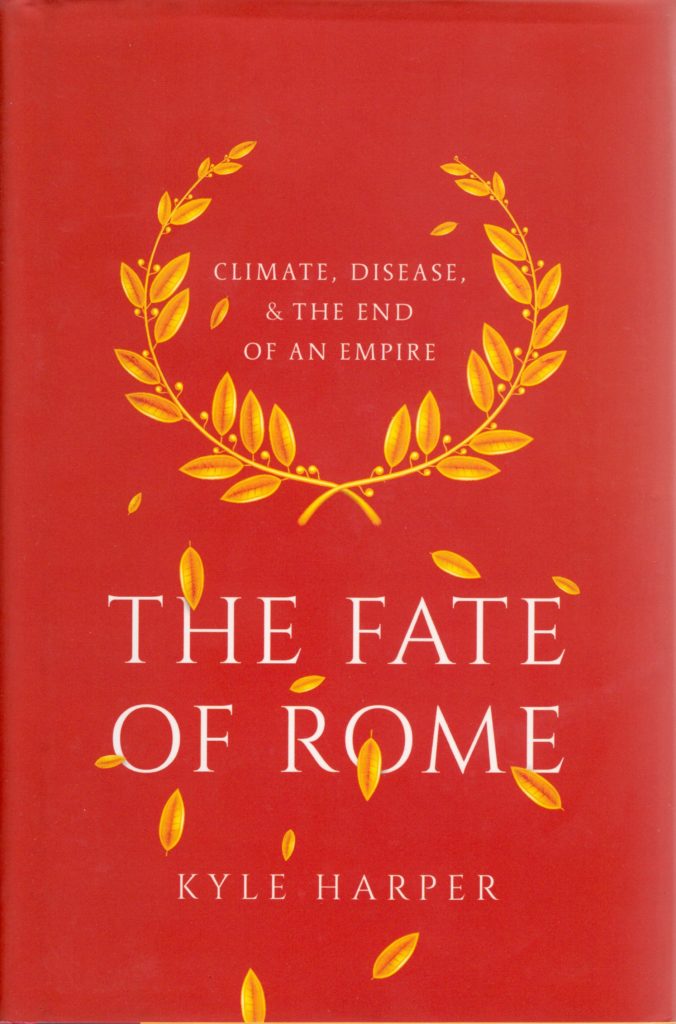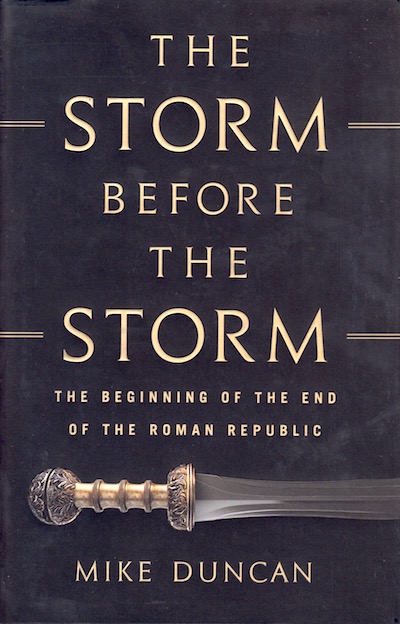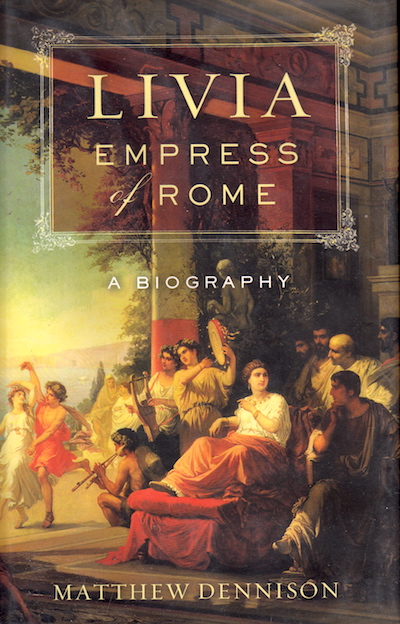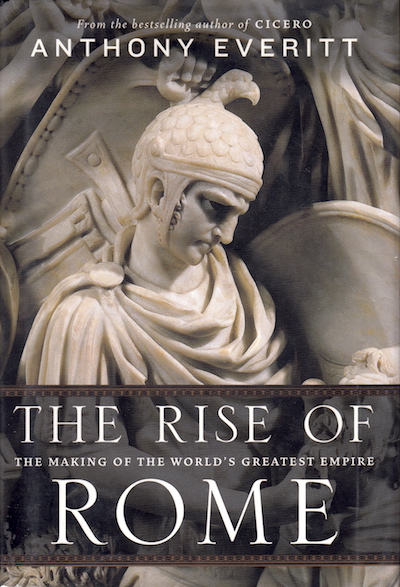Four Lost Cities is a book about, well, four cities that are supremely different than they once were, if they’re even still with us at all. She is looking, I think, to explain how different cities exist, but also about how they end.
The first one is Çatalhöyük, in Turkey. This is a ruin of a city that is so old that it’s impossible to tell if it really was a city. I mean, it’s a large gathering of people who seem to live permanently together, but there’s little evidence of serious coordination of effort. So, everyone was making their own bread, tending their own farms, gathering their own food, burying their own dead. People started moving elsewhere when the 8.2 kilo-year climate shift happened, to where they could grow food more easily.
The second lost city is one you’ve probably heard of: Pompeii. Vesuvius exploded in 79CE, covering the city in super-heated ash. It was uninhabitable for a long time to come. I’m not going to cover what life was like in a Roman Imperial City – you can find that elsewhere – but I am going to talk about why it wasn’t rebuilt. The Roman Empire did a good job at making sure refugees from Pompeii were able to settle elsewhere, and there’s evidence that they formed communities in other cities relatively near Pompeii. The new information to me was just how terrible the ash was. The actual rock-and-mud flows were over 340F and with the layers of ash on top, they retained that heat for years. Not to mention that ash is incredibly fine and dense – the fact she cites is that new snow is 50-70kg per cubic meter; the ash is 700-3200kg/cubic meter. It’s a lot of work; resettling the refugees was a much more practical solution.
The third “lost” city is Angkor, in Cambodia, and I’m sure that the people living there were surprised when a French explorer in the 1800s decided they were a lost city. It was an extreme bit of colonization. Though, to be fair, it was a much larger city, primarily existing for worship, when changes in rainfall made its extensive reservoir-and-canal system unworkable. They couldn’t keep up with repairs and there were other power centers that the royal family could use instead. So the city shrunk and was mostly reclaimed by the jungle.
The last lost city is one that is truly lost: Cahokia, which was a major center of civilization near St Louis, MO from 900CE until it finally completely was lost in about 1350. It’s known as the Mississippian culture, largely because its artifacts have been found all up and down the Mississippi River. The city was larger than Paris in 1050AD, but there is no written record of it and study really only started in the mid-twentieth century. Researchers don’t even know if they called themselves the Cahokia; the Cahokia were the tribe that was in the St Louis when white people arrived. There is some evidence of Cahokian – the city, not the current day Tribe – stories integrated into the Sioux myths. This is the city that for me is the most intriguing – this one is part of American history that I didn’t learn in school (that may be different now), and I am eager to learn more.
Overall, Four Lost Cities is a very broad book covering a lot of ground. There isn’t a compare-and-contrast section, like you might expect in an academic work. It’s a popular book, designed to give the reader an overview. It was good, but I was left wanting for more.









